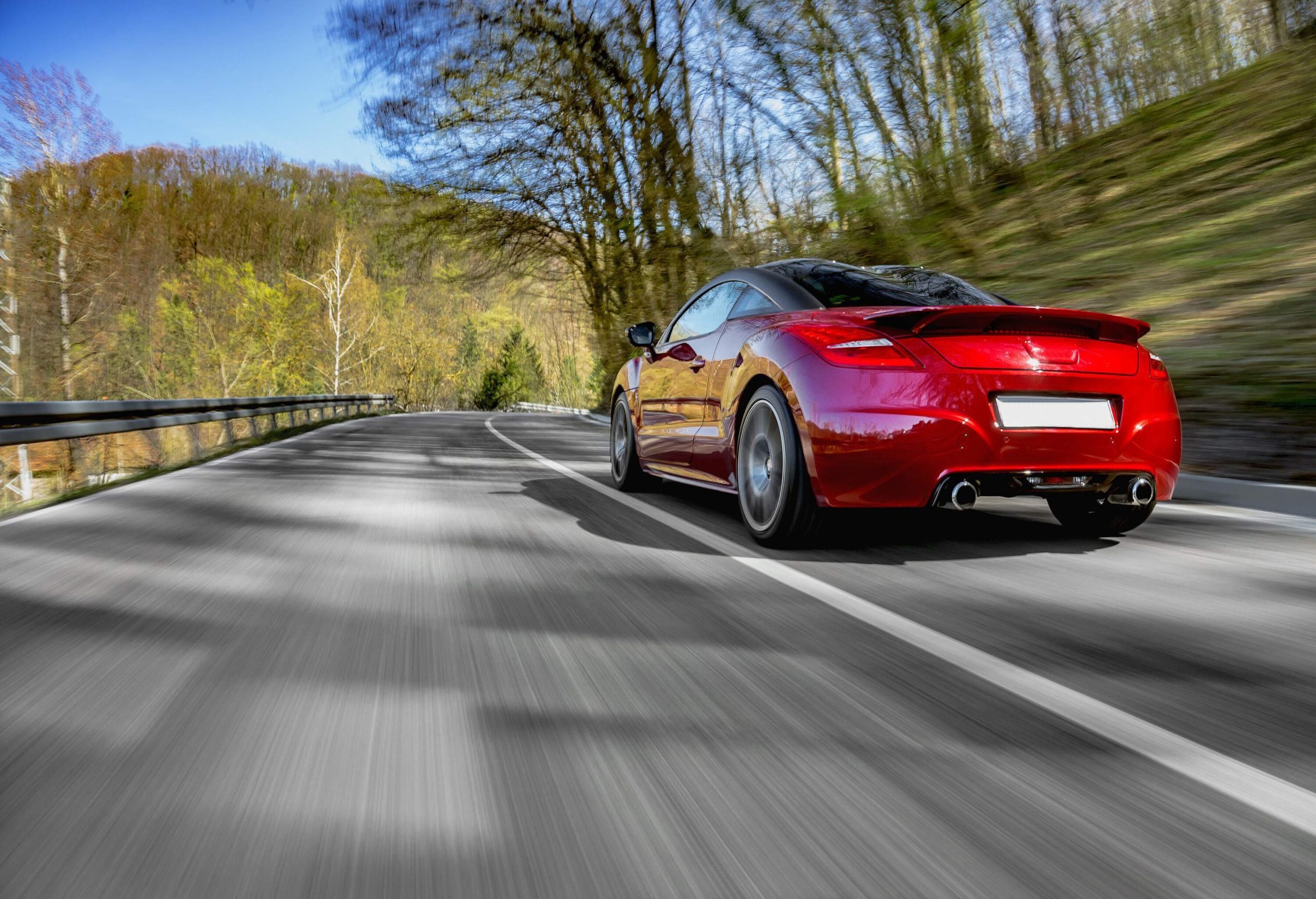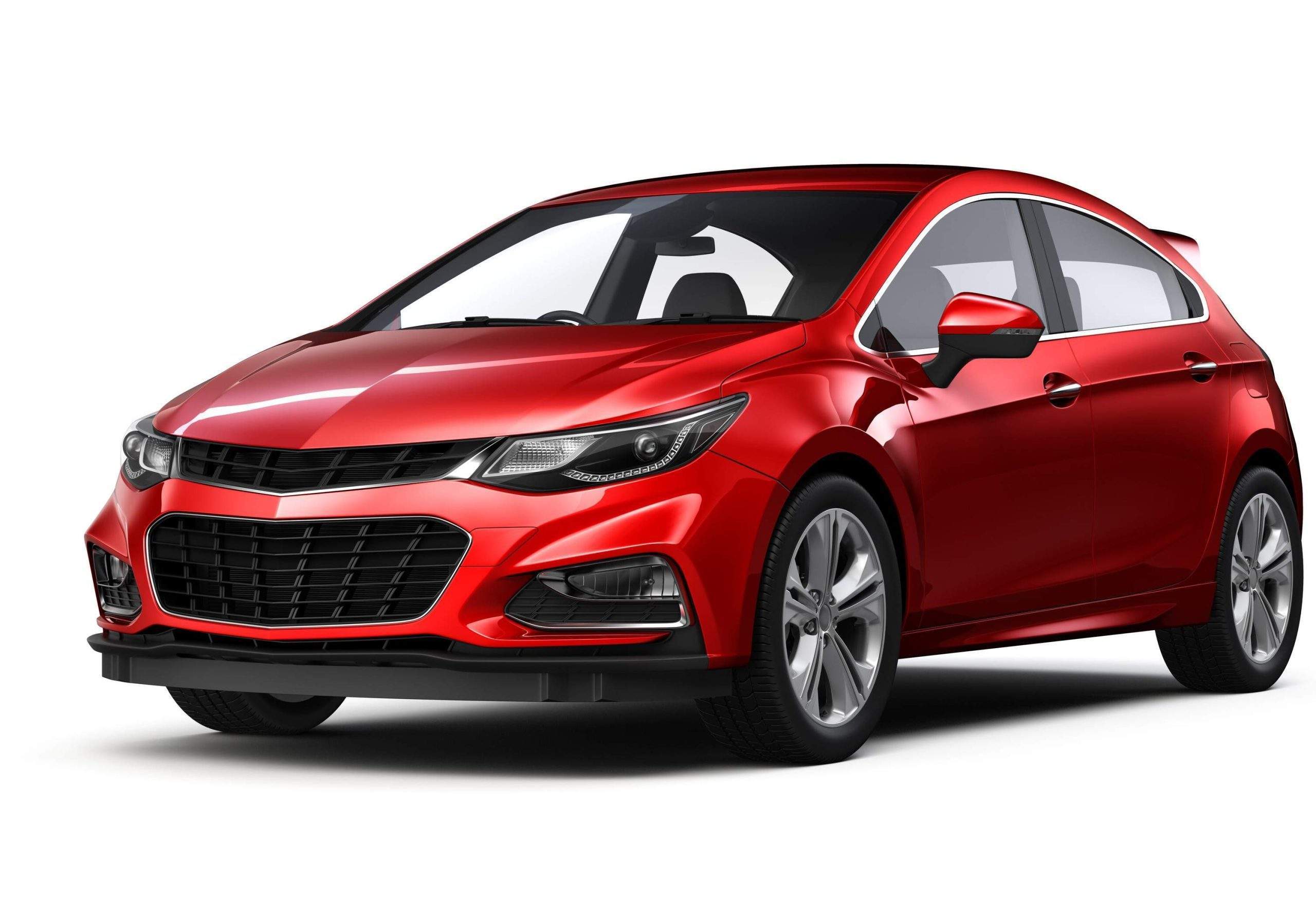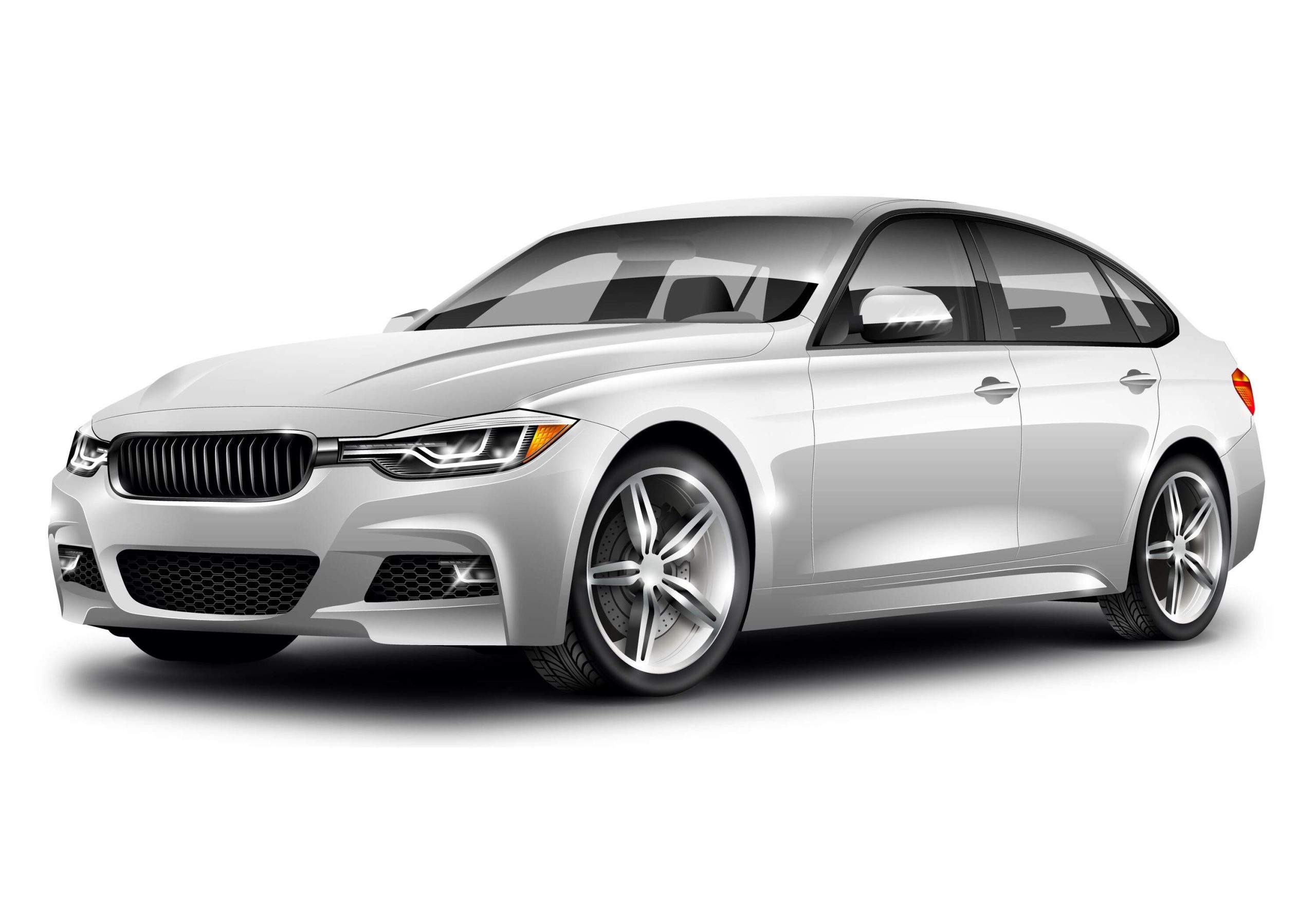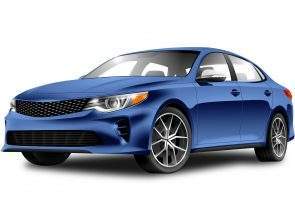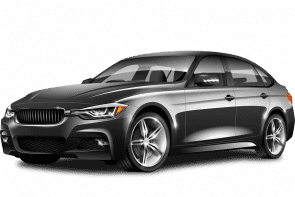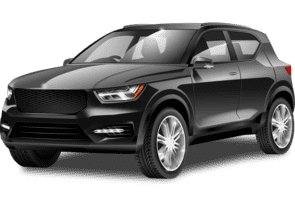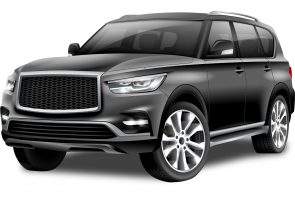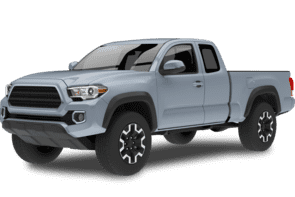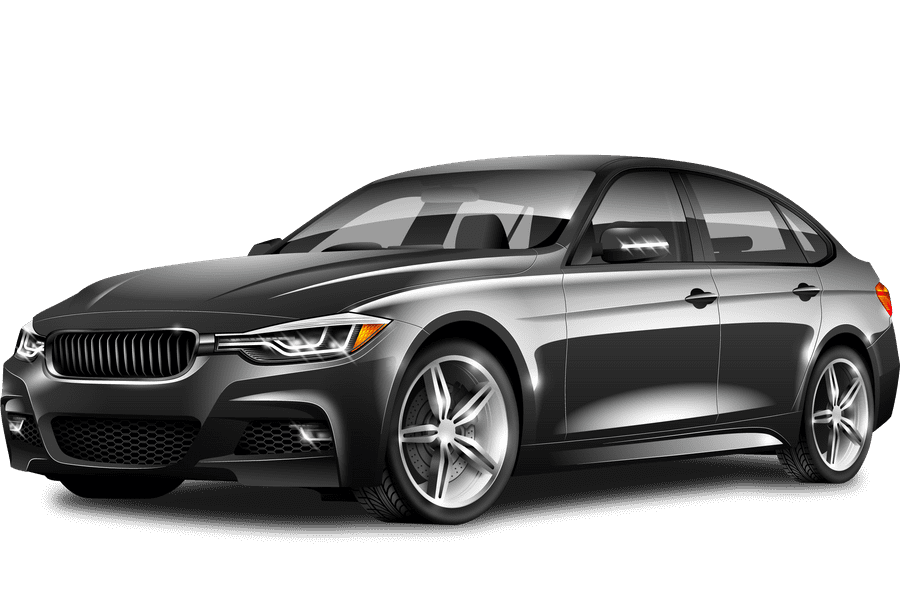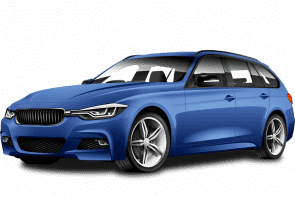Learn about the dozen plus car rental categories with different features and characteristics that suit different rental needs.
What are the different types of rental cars?
When you’re thinking of renting a car, you probably have a good idea of the kind of car you want. Depending on your trip, you might even have an exact model in mind. The trouble is in the language that car rental companies use to classify cars, as they may use terms that you’re not familiar with, or use different terms for the same thing. You might see the same car called intermediate, mid-size, or standard, depending on the company.
This guide will explain the most common different car rental categories in the US, the details of each category, and popular models in each. There are several other less common categories for people who are interested in high-performance or exotic cars that are not explained in detail in this guide.
Keep in mind that when you book a car in a particular category, you may not get the exact model you selected. Most car rental companies will show you a deal for a particular model “or equivalent,” or “similar options,” because they’re changing their fleets frequently and may not know if that exact model is available to book at the time of your departure.
Rental car categories in the US
Economy
Passengers: 4
Bags: 2
Examples: Chevrolet Spark, Hyundai Accent, Mitsubishi Mirage
Highlights: Economy cars typically have low rates and great fuel efficiency, and are slightly smaller than compact cars.
Compact
Passengers: 2
Bags: 2
Examples: Ford Focus, Nissan Versa, Toyota Yaris
Highlights: Compact cars feature low rates and great fuel efficiency, with slightly more room than economy cars.
Intermediate / Mid-size / Standard
Passengers: 5
Bags: 3-4
Examples: Honda Accord, Toyota Camry, Volkswagen Jetta
Highlights: Intermediate cars, also commonly known as mid-size or standard cars, are four-door sedans that are more spacious than compact cars while still being fuel-efficient. They can fit 3 or sometimes 4 bags depending on the model.
Full-size / Premium
Passengers: 5
Bags: 4
Examples: Nissan Maxima, Toyota Avalon, Ford Fusion, Chevrolet Impala
Highlights: Full-size cars are four-door sedans that comfortably seat 5 passengers with luggage. Premium cars may come with more features.
Luxury
Passengers: 5
Bags: 4
Examples: Audi A4, Chrysler 300, BMW 5 series, Cadillac XTS, Lincoln Continental
Highlights: Luxury cars are typically four-door sedans with high-end performance engines and luxury interiors that comfortably seat 5 passengers with luggage. However, some rental companies will categorize luxury SUVs, sports sedans, and executive cars in the luxury cars category along with regular luxury sedans.
Convertible
Passengers: 2-4
Bags: 2
Examples: Audi A5, Ford Mustang, Chevrolet Camaro, BMW 4-series
Highlights: Convertible cars are 2-door sports coupes with retractable roofs. Some rental car companies may offer different levels of convertible car performance and luxury.
Compact SUV
Passengers: 5
Bags: 3
Examples: Kia Sportage, Nissan Juke, Ford Eco Sport
Highlights: Like regular compact cars, compact SUVs offer low rates and good fuel efficiency in SUV form.
Intermediate / Mid-size / Standard SUV
Passengers: 5
Bags: 4
Examples: Audi Q5, Toyota RAV4, Mitsubishi Outlander, Ford Escape
Highlights: Intermediate SUVs, sometimes called mid-size or standard SUVs, are easy to drive and feature large interiors.
Full-size / Premium SUV
Passengers: 7-8
Bags: 5
Examples: Audi Q7, Chevrolet Tahoe, Ford Expedition, Toyota Sequoia
Highlights: Full-size SUVs comfortably seat 7 or 8 passengers with ample room for luggage. Premium SUVs may come with more features.
Luxury SUV
Passengers: 5-7
Bags: 3-5
Examples: Audi Q3, Infiniti QX80, Cadillac Escalade
Highlights: Luxury SUVs range in size, but come with higher end performance engines and luxury interiors.
Minivan
Passengers: 7-8
Bags: 5
Examples: Dodge Grand Caravan, Toyota Sienna, Nissan Quest
Highlights: Minivans can comfortably seat 7 or 8 passengers depending on the model, and are perfect for long road trips with several people.
Passenger van
Passengers: 8-12
Bags: 7
Examples: Ford E-Series, Mercedes-Benz Sprinter, Nissan NV
Highlights: Passenger vans are full-sized vans that can seat large groups of more than 8 passengers. Some rental car companies will also offer cargo vans that have room for hauling bigger items instead of seats for transporting people.
Pickup truck
Passengers: 4
Bags: 3-4
Examples: Nissan Frontier, Ford F-150, Dodge Ram
Highlights: Pickup trucks can vary in size between smaller and larger models that offer more cargo space and towing capability.
Hybrid
Passengers: 5
Bags: 3
Examples: Toyota Prius, Ford Fusion Hybrid
Highlights: Hybrid cars feature a combination of conventional engine and electric power, and come in several sizes depending on your needs and budget.
Electric
Passengers: 5
Bags: 2-4
Examples: Nissan Leaf, Tesla Model S
Highlights: Electric cars feature entirely electric motors, and come in a few sizes with different features depending on your needs and budget.
Rental car categories outside the US
Outside of the US, the terminology is similar but not identical. The most important two terms to keep in mind are Mini and Estate. The Mini car category simply refers to cars that are smaller than cars in the Compact category, and can be found all over the world. The Estate car category is more specific to British English, and refers to station wagons or mid- to full-size hatchbacks.
Mini
Passengers: 2-4
Bags: 2
Examples: Fiat 500, Peugeot 108, Kia Picanto
Highlights: Mini cars are typically hatchbacks with two to four doors that can fit two adults and two children, and some luggage.
Estate
Passengers: 5
Bags: 3-4
Examples: Ford Focus Estate, Volvo V70 Estate, Skoda Octavia Estate
Highlights: Estate cars are four-door wagons with hatchback trunks that can comfortably seat up to 5 passengers with luggage. These can also vary in performance and luxury features.
Car rental needs: Which car for what terrain and climate?
Car classification codes
If you want to know exactly how car rental categories work and know what every specific model includes, then it’s useful to learn the SIPP or ACRISS car classification code. This is a rental car industry standard for defining exactly what characteristics make up each car.
- The 1st character denotes the vehicle category – based on size, cost, power, and luxury factor
- The 2nd character defines the vehicle type – chassis type (van, SUV, wagon, convertible, etc)
- The 3rd character defines the transmission and drive – automatic / manual & 2WD / 4WD / AWD
- The 4th character defines the fuel type (petrol / diesel / hybrid/ electric) and whether it has air conditioning
Make confident decisions
Rental car types – FAQ
A standard car rental is the step between the intermediate and full-size categories. A standard car is a larger sedan which can accomodate more passengers and luggage compared to an intermediate car. Standard cars generally have seating for 5 people and 3-4 suitcases.
Midsize vehicles, sometimes also referred to as intermediate vehicles, are a step up from economy or compact class rental cars, but are still less pricey than standard-size cars. They can include both sedans or SUVs that seat up to 5 passengers. They generally have 4 doors and fit 3-4 suitcases.
Full-size rental cars are 4-door cars that can comfortably seat 5 people and have storage room for 3-4 suitcases. They can include both sedans and SUVs.
A premium car rental falls between the full-size and luxury categories and is generally a larger-sized sedan car with additional room for passengers and plenty of trunk space for luggage. Premium cars will have 4 doors and should seat 5 adults comfortably.
Compact cars are typically a bit larger and pricier than economy cars. Economy cars are usually 2-door cars with seating for up to 4 occupants and storage space for a medium suitcase and a few small bags. Compact cars are 4-door cars that should be comfortable for up to 5 adults and have enough trunk space for at least 1 large suitcase and 1 medium suitcase as well as a few smaller bags.
Intermediate vehicles, or midsize vehicles, are a step up from economy or compact class rental cars, but are still less pricey than standard-size cars. They can include both sedans or SUVs that seat up to 5 passengers. They generally have 4 doors and fit 3-4 suitcases.
Luxury is the highest-priced car rental category. Luxury vehicles can include both sedans and SUVs. They will usually fit 5 people, with 2 large suitcases plus 2 small suitcases. They also generally come with added features like comfy seats, more powerful engines and fancier entertainment systems.
Source link



